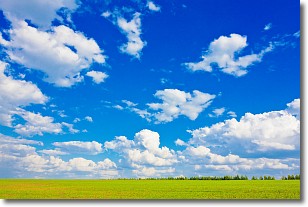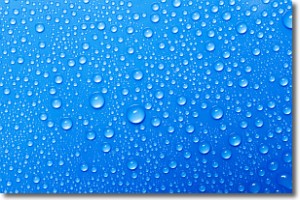Weather Alert in Washington
Flash Flood Watch issued August 1 at 11:04AM PDT until August 1 at 8:00PM PDT by NWS Spokane WA
AREAS AFFECTED: Chelan, WA; Ferry, WA; Okanogan, WA; Stevens, WA
DESCRIPTION: * WHAT...Flash flooding and debris flows caused by excessive rainfall are possible over the Pioneer and 25 mile burn scars in Chelan County, the Cedar Creek, Cub Creek, Muckamuck, Walker Creek, Eagle Bluff, Stud Horse, and Swawilla burn scars in Okanogan and Ferry County, and the Hope and Lake Spokane burn scars in Stevens County. * WHERE...Portions of North Central and Northeast Washington, including the following counties, in North Central Washington, Chelan and Okanogan. In Northeast Washington, Ferry and Stevens. * WHEN...Until 8 PM PDT this evening. * IMPACTS...Heavy rainfall over the burn scar is expected up to and during the period of the watch. Rainfall rates with the thunderstorms will reach up to one inch per hour. Residents near burn scars should prepare for potential flooding impacts. Be sure to stay up to date with information from local authorities. Heavy rainfall could trigger flash flooding of low-lying areas, urbanized street flooding, and debris flows in and near recent wildfire burn scars. * ADDITIONAL DETAILS... - National Weather Service Meteorologists are forecasting heavy rainfall over burn scars, which may lead to flash flooding and debris flows. - http://www.weather.gov/safety/flood
INSTRUCTION: You should monitor later forecasts and be prepared to take action should Flash Flood Warnings be issued.
Want more detail? Get the Complete 7 Day and Night Detailed Forecast!
Current U.S. National Radar--Current
The Current National Weather Radar is shown below with a UTC Time (subtract 5 hours from UTC to get Eastern Time).

National Weather Forecast--Current
The Current National Weather Forecast and National Weather Map are shown below.

National Weather Forecast for Tomorrow
Tomorrow National Weather Forecast and Tomorrow National Weather Map are show below.

North America Water Vapor (Moisture)
This map shows recent moisture content over North America. Bright and colored areas show high moisture (ie, clouds); brown indicates very little moisture present; black indicates no moisture.

Weather Topic: What are Cumulus Clouds?
Home - Education - Cloud Types - Cumulus Clouds
 Next Topic: Drizzle
Next Topic: Drizzle
Cumulus clouds are fluffy and textured with rounded tops, and
may have flat bottoms. The border of a cumulus cloud
is clearly defined, and can have the appearance of cotton or cauliflower.
Cumulus clouds form at low altitudes (rarely above 2 km) but can grow very tall,
becoming cumulus congestus and possibly the even taller cumulonimbus clouds.
When cumulus clouds become taller, they have a greater chance of producing precipitation.
Next Topic: Drizzle
Weather Topic: What is Evaporation?
Home - Education - Precipitation - Evaporation
 Next Topic: Fog
Next Topic: Fog
Evaporation is the process which returns water from the earth
back to the atmosphere, and is another crucial process in the water cycle.
Evaporation is the transformation of liquid into gas, and it happens because
molecules are excited by the application of energy and turn into vapor.
In order for water to evaporate it has to be on the surface of a body of water.
Next Topic: Fog
Current conditions powered by WeatherAPI.com




